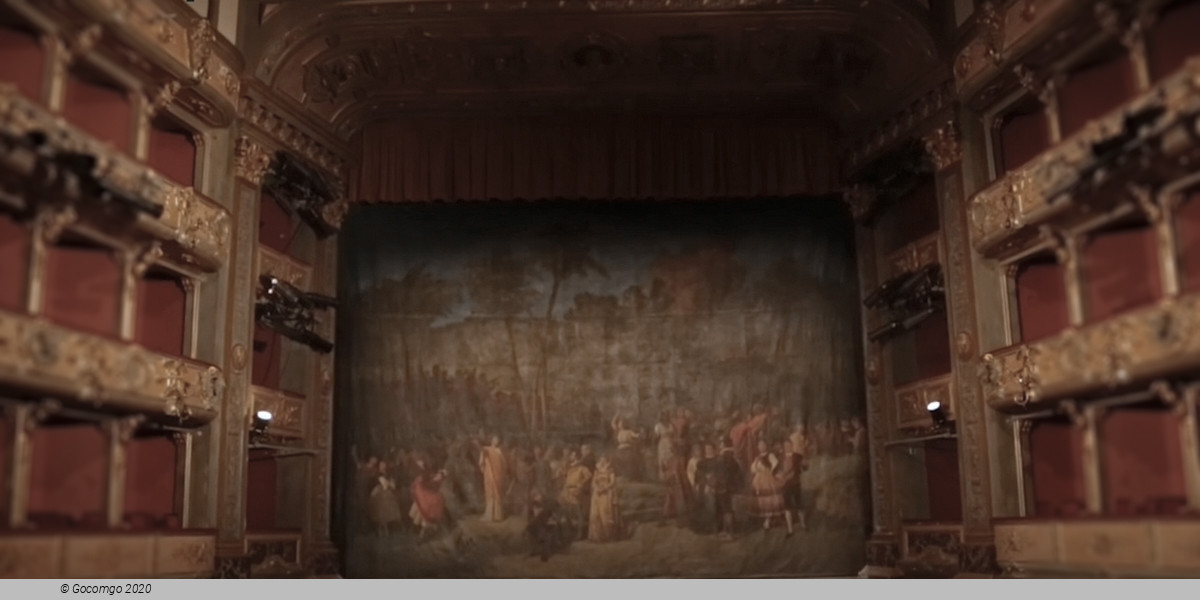The Christopher Columbus Theatre (Bogotá, Colombia)
The Christopher Columbus Theatre

The Teatro de Cristóbal Colón, also known as the "Teatro Colón", is located in Bogotá, Colombia and it is the nation's National Theatre. It was built in the Neoclassical style by the Italian architect Pietro Cantini in 1885 and inaugurated on 27 October 1892 on the occasion of the fourth centenary of the discovery of America with a performance of Verdi's Ernani.
The auditorium was constructed in the tradition horseshoe-shape and modelled on the layout of the Palais Garnier in Paris, but only about half the size.
The Colón Theatre was declared a National Monument on 11 August 1975, and underwent renovations for three years.
History
The Teatro Colón was built within an area of 2.400 square metres. Its Neoclassical style and its facade was designed following the Tuscan Doric order in carved stone, with three parts separated from each other by cornices also made of stone. It was built by the Italian architect Pietro Cantini, who was also working in the construction of the Capitolio Nacional (National Capitol) at the time. The construction started on 5 October 1885 in the same place where the old Ramírez Coliseum and Maldonado Theatre used to be located.
The Swiss architect Luigi Ramelli was in charge of the ornaments and the decoration of this construction. The theatre was named in honour of Christopher Columbus, and was inaugurated on 12 October 1892 to commemorate the Discovery of America. The Teatro Colón was declared a National Monument by decree 1584 of 11 August 1975.
In 2007, the theatre ranked seventh in a nationwide poll to choose the 7 wonders of Colombia conducted by the El Tiempo newspaper.
On 24 November 2016, the modified peace agreement between the Colombian government, lead by Juan Manuel Santos, and the FARC, commanded by Rodrigo Londoño, alias Timochenko, was signed at the Teatro Colón, this way ending more than 50 years of conflict and war between the two parties.


